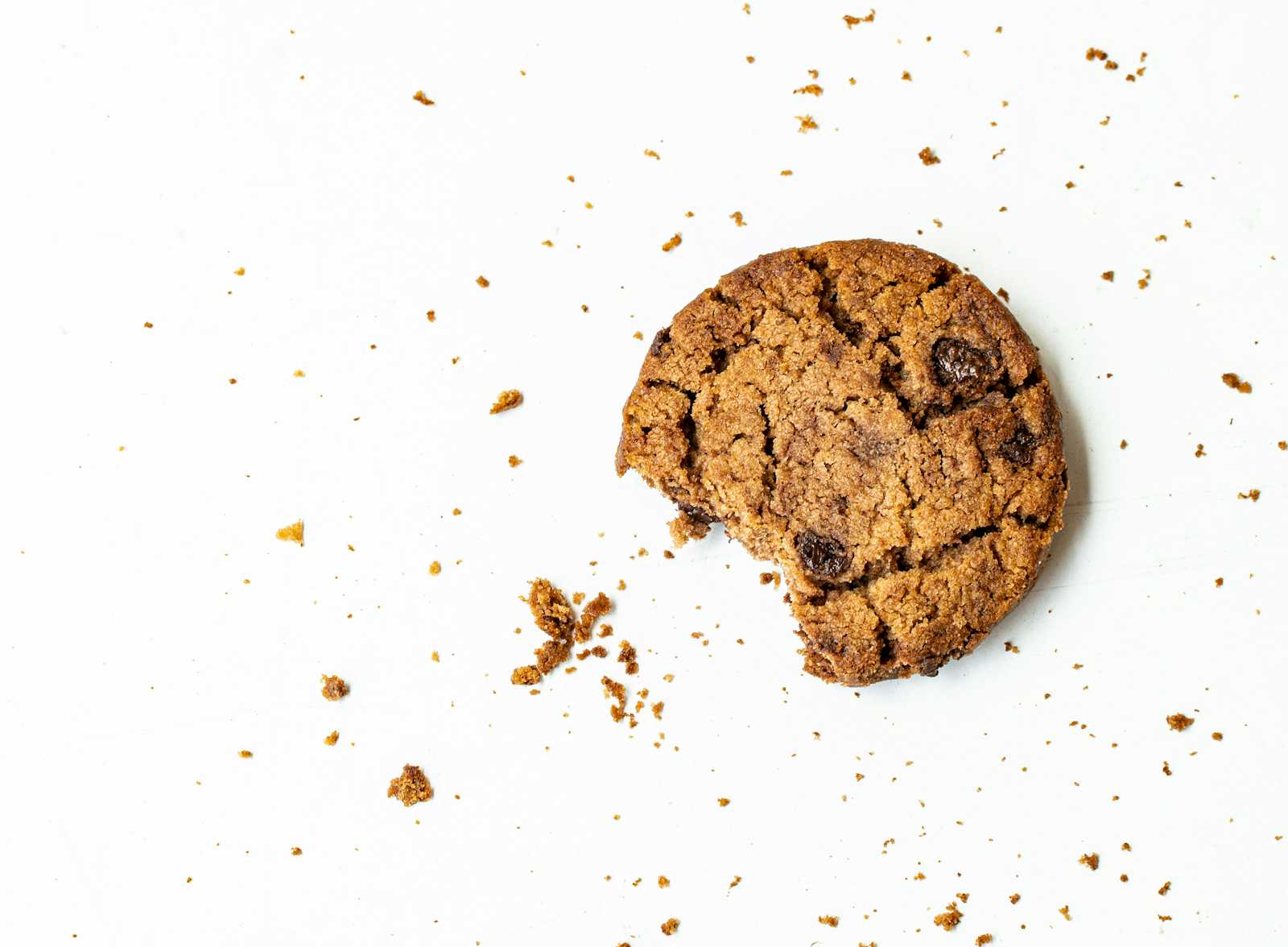Exploring Cookies: Understanding Their Use and Real-Life Applications
 SANKALP HARITASH
SANKALP HARITASH
Cookies are an integral part of web browsing, playing a crucial role in enhancing user experiences and providing personalized content. In this post, we'll dive into the world of cookies, understanding their use, and exploring real-life applications that demonstrate their importance in web development.
Understanding Cookies:
What are Cookies? Cookies are small pieces of data stored on a user's browser by websites they visit. They serve as a means for websites to remember user-specific information, such as login credentials, site preferences, and shopping cart items.
How Do Cookies Work? When a user visits a website, the website sends a cookie to the user's browser, which stores it locally. On subsequent visits to the same website, the browser sends the stored cookie back to the website, allowing it to recognize the user and personalize their experience accordingly.
Use of Cookies:
Authentication and Session Management: Cookies are commonly used for user authentication and session management. They store session IDs or tokens that enable websites to identify users and maintain their logged-in status across multiple pages or visits.
Personalization: Cookies play a vital role in personalizing user experiences. Websites use cookies to remember user preferences, such as language settings, theme preferences, and product recommendations based on past browsing behavior.
Tracking and Analytics: Cookies are utilized for tracking user behavior and gathering analytics data. They enable website owners to understand how users interact with their site, track conversion rates, and optimize marketing strategies.
Real-Life Use Cases:
E-commerce: In online shopping platforms, cookies are used to track users' browsing and purchasing behavior. They store items in the shopping cart, remember user preferences, and provide personalized product recommendations based on past purchases.
Social Media: Social media platforms utilize cookies to enhance user engagement and deliver targeted advertisements. Cookies track users' interests and interactions, allowing platforms to display relevant content and ads tailored to each user's preferences.
Online Banking: Cookies play a crucial role in online banking by facilitating secure authentication and session management. They help verify users' identities and maintain secure connections throughout their banking sessions.
Personalized Content Delivery: News websites and content platforms use cookies to deliver personalized content recommendations based on users' interests and reading habits. Cookies track the types of articles users read and recommend similar content to enhance their browsing experience.
To implement cookies, you typically use JavaScript on the client-side or server-side scripting languages like PHP, Python, or Node.js on the server-side. Below, I'll outline how to set cookies using JavaScript on the client-side:
Implementing Cookies with JavaScript:
Setting Cookies: You can set a cookie by assigning a value to the
document.cookieproperty. Here's a basic example:document.cookie = "username=John Doe";This creates a cookie named "username" with the value "John Doe".
Setting Cookie Options: You can also specify additional options for the cookie such as expiration date, path, and domain:
document.cookie = "username=John Doe; expires=Thu, 18 Dec 2025 12:00:00 UTC; path=/";This sets the expiration date of the cookie to December 18, 2025, and specifies that it should be accessible on the entire website (
path=/).Accessing Cookies: To access cookies, you can read the
document.cookieproperty:const cookies = document.cookie;This retrieves all cookies associated with the current document.
Deleting Cookies: To delete a cookie, you can set its expiration date to a past date:
document.cookie = "username=John Doe; expires=Thu, 01 Jan 1970 00:00:00 UTC; path=/";This effectively removes the cookie from the browser.
Example:
Here's a simple example demonstrating how to set and access cookies using JavaScript:
<html>
<html lang="en">
<head>
<meta charset="UTF-8">
<meta name="viewport" content="width=device-width, initial-scale=1.0">
<title>Cookie Example</title>
</head>
<body>
<script>
// Set a cookie
document.cookie = "username=John Doe; expires=Thu,
18 Dec 2025 12:00:00 UTC; path=/";
// Access cookies
const cookies = document.cookie;
console.log(cookies);
</script>
</body>
</html>
This sets a cookie named "username" with the value "John Doe" and then logs all cookies to the console.
Remember, cookies are limited in size (usually around 4KB) and have security considerations, so be mindful of what data you store in them, especially sensitive information like user credentials.
Conclusion:
Cookies are a fundamental aspect of web development, enabling websites to provide personalized experiences and streamline user interactions. From authentication and session management to personalized content delivery and targeted advertising, cookies play a vital role in enhancing user engagement and optimizing website performance. By understanding how cookies work and leveraging their capabilities, web developers can create more dynamic and user-centric experiences for their audiences.
Subscribe to my newsletter
Read articles from SANKALP HARITASH directly inside your inbox. Subscribe to the newsletter, and don't miss out.
Written by

SANKALP HARITASH
SANKALP HARITASH
Hey 👋🏻, I am , a Software Engineer from India. I am interested in, write about, and develop (open source) software solutions for and with JavaScript, ReactJs. 📬 Get in touch Twitter: https://x.com/SankalpHaritash Blog: https://sankalp-haritash.hashnode.dev/ LinkedIn: https://www.linkedin.com/in/sankalp-haritash/ GitHub: https://github.com/SankalpHaritash21 📧 Sign up for my newsletter: https://sankalp-haritash.hashnode.dev/newsletter